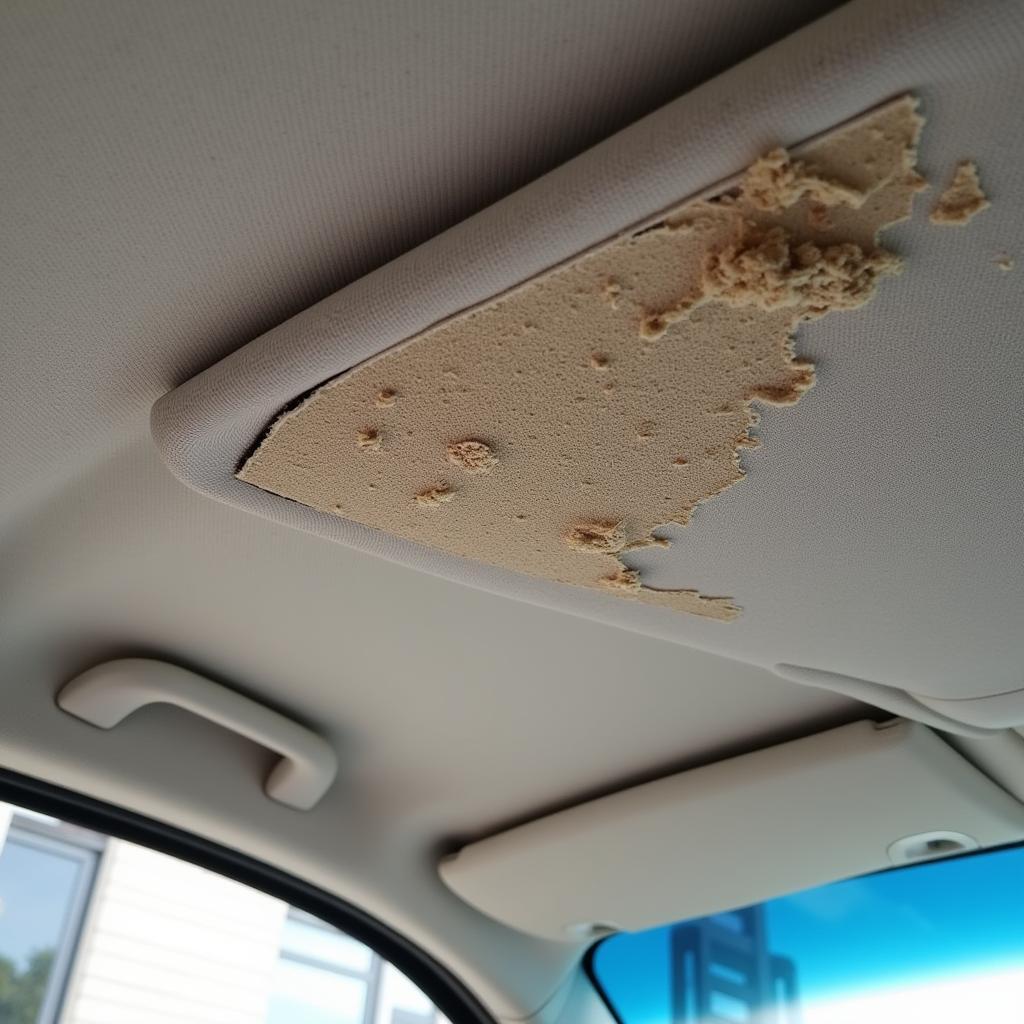Tesla has revolutionized the automotive industry with its electric vehicles and innovative technology. However, like any car company, Tesla has faced its share of problems. This article delves into common Tesla Car Company Problems, providing insights for owners, mechanics, and enthusiasts alike.
Understanding the Scope of Tesla Car Company Problems
While Tesla vehicles are renowned for their performance and cutting-edge features, they have also been subject to various complaints and recalls. These issues range from minor inconveniences to potentially serious safety concerns. By understanding these problems, drivers can be better prepared to address them should they arise.
Common Tesla Car Company Problems
Let’s explore some prevalent Tesla car company problems across different categories:
1. Battery Issues
- Range Anxiety: One of the most common concerns among Tesla owners is range anxiety, the fear of running out of battery charge before reaching a charging station. While Tesla continues to improve battery technology and expand its Supercharger network, range anxiety remains a valid concern for some drivers, especially on long journeys or in areas with limited charging infrastructure.
 Tesla Range Anxiety
Tesla Range Anxiety
-
Battery Degradation: Like all lithium-ion batteries, Tesla batteries degrade over time, leading to a gradual reduction in range. Factors such as high temperatures, frequent fast charging, and overall mileage can accelerate battery degradation.
-
Battery Management System (BMS) Glitches: The BMS is crucial for monitoring and regulating the battery pack’s performance and safety. However, occasional BMS glitches can lead to inaccurate range estimations, reduced power output, or even unexpected shutdowns.
2. Autopilot and Self-Driving System Problems
-
Phantom Braking: Tesla’s Autopilot and Full Self-Driving (FSD) systems have been reported to exhibit phantom braking, where the car suddenly brakes without any apparent reason. This issue can be jarring and potentially dangerous, especially at highway speeds.
-
Autopilot Limitations: While Tesla’s Autopilot system offers advanced driver-assistance features, it’s crucial to remember that it’s not a fully autonomous driving system. Drivers must remain attentive and be prepared to take over control at any time.
-
Software Updates: Tesla frequently releases software updates to improve its vehicles’ features and performance. However, these updates can sometimes introduce new bugs or glitches, affecting the functionality of Autopilot or other systems.
3. Build Quality and Reliability Concerns
-
Panel Gaps and Paint Defects: Some Tesla owners have reported issues with inconsistent panel gaps, misaligned body panels, and paint imperfections. These cosmetic issues, while not affecting the car’s functionality, can be frustrating for owners who expect high build quality from a premium brand.
-
Suspension Problems: There have been reports of suspension problems in some Tesla models, including issues with suspension components, leading to noises, vibrations, or uneven ride height.
-
Electronics and Software Glitches: Tesla vehicles are heavily reliant on electronics and software, making them susceptible to various glitches. These can range from minor annoyances like unresponsive touchscreens to more serious issues affecting climate control, power windows, or other essential functions.
Addressing Tesla Car Company Problems
If you encounter problems with your Tesla, here are some steps you can take:
-
Document the Issue: Keep detailed records of the problem, including when and how it occurs. This documentation will be helpful when contacting Tesla customer support or a service center.
-
Contact Tesla Customer Support: Reach out to Tesla customer support through their website, app, or phone number. They can provide guidance, schedule a service appointment, or advise on potential solutions.
-
Visit a Tesla Service Center: If the problem requires physical inspection or repair, schedule an appointment at an authorized Tesla service center.
-
Stay Informed: Keep yourself updated on the latest Tesla news, software updates, and potential recalls. Tesla usually communicates this information through its official channels and owner forums.
“It’s important for Tesla owners to be proactive about addressing potential issues,” says John Smith, a leading automotive engineer specializing in electric vehicles. “By staying informed and taking appropriate action, they can ensure a smooth and enjoyable ownership experience.”
Conclusion
Tesla car company problems, while present, don’t overshadow the brand’s innovation and impact on the automotive industry. By understanding these common issues and knowing how to address them, Tesla owners can enjoy the many benefits of driving these technologically advanced vehicles. If you’re facing persistent problems or have concerns about your Tesla, don’t hesitate to seek professional assistance from Tesla customer support or an authorized service center.
For expert advice and assistance with your Tesla or any other vehicle, contact AutoTipPro at +1 (641) 206-8880 or visit our office at 500 N St Mary’s St, San Antonio, TX 78205, United States.






Leave a Reply